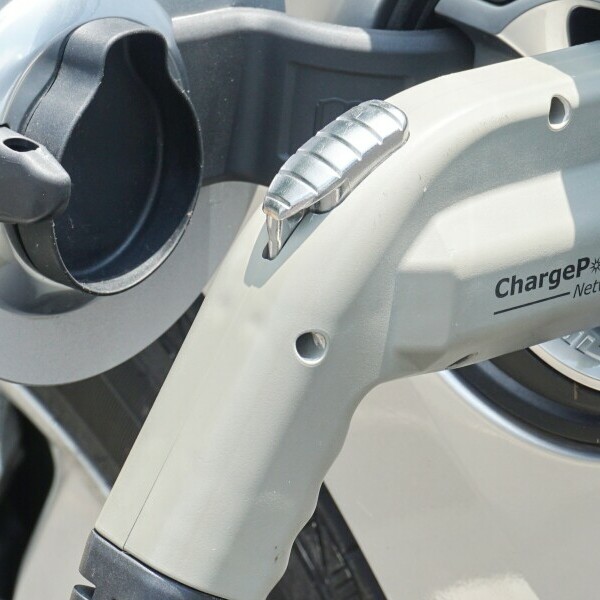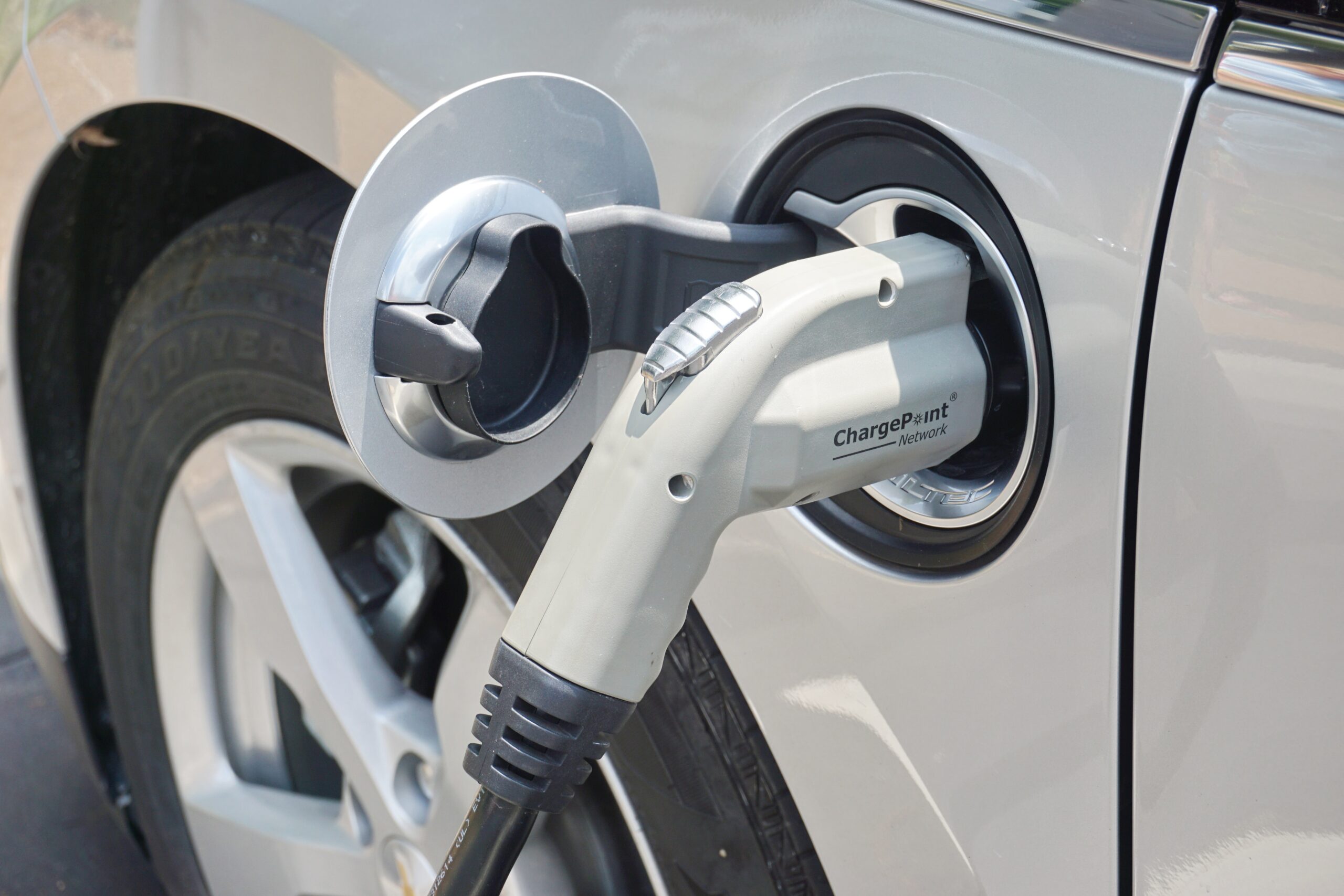31 January 2023 13:08
Industry News

Challenges to EV adoption (and the solutions)
In 2022, South Africa saw a surge in electric vehicle (EV) adoption. Yet, its adoption is still limited to a small portion of the population because of various concerns. Despite this, the spread of EV technology will continue growing and likely soon be a viable option for fleets that see the many benefits it presents.
The CEO of MasterDrive, Eugene Herbert, says while many challenges pose a barrier to the adoption of EV technology in South Africa, there are as many solutions. “When deciding if EV vehicles are the right fit for your fleet, it is important not to just look at the challenges but also investigate the possible solutions.
“Taking an example from history, when it became a legal requirement to wear seatbelts from the 1960s onwards, it arose heated debate about whether its safety benefits were legitimate. All of these were disproven and today it is an essential safety feature. EV technology often also faces heated opposition but, fortunately, each challenge is not without a solution,” says Herbert.
- Affordability
While considerable long-term savings is a major appeal, the initial outlay required for EVs still remains the largest barrier to entry. “Higher import costs and a lack of local development combines to create significantly higher costs than internal combustion engines (ICE). Currently, EVs are reserved to premium vehicles in South Africa.
“Out of the country’s top five sellers of vehicles, one focuses on hybrid options, another is investigating the viability of EV options while others have no plans to introduce it to their range anytime soon but intend pursuing other zero-emission options,” says Herbert.
Is there a solution?
- Affordability depends on economies of scale– in 2023 approximately 20 models will be available compared to the less than five models at the start of 2022.
- Internationally, price parity with ICE vehicles is expected as early as 2025.
- While concrete moves are yet to be seen, the government’s Green Paper is finally gaining traction which might re-look the 25% import tax currently imposed on EVs.
- There is talk about increasing development of EV components in Africa which supplies a large portion of natural resources essential to its production such as copper.
- Infrastructure
A worldwide concern is that charging infrastructure may not be readily available. “Yet, according to Deloitte’s 2022 Global Automotive Consumer Study, only 11% of Americans intend on using public charging facilities.
“In a country behind in development, this does pose more of a challenge here. The prospect of not charging your vehicle overnight because of unreliable power infrastructure, creates a somewhat different degree of concern. Another concern is about the lack of charging points on long-distance routes,” says Herbert.
Various solutions are here or coming:
- Audi is installing 70 ultra-fast public charging stations that will fully charge a car in less than an hour at 33 different sites on the route between Johannesburg and Cape Town and at public recreational areas.
- Jaguar is installing 82 charging points in major hubs and along popular holiday routes.
- BMW has 230 charging points.
- ZimiCharge has an app to find charging points along routes. They also plan to install 10 000 charging points with at least 1 000 of these to be available within the next three years
- Mordor Intelligence says significant investment is expected in EV power capacity over the next decade in Africa.
- Range anxiety
Fear that a vehicle will not have enough battery charge to reach one’s destination persists in South Africa. “In particular, motorists are concerned about EV range on long-distance trips. It is related to a lack of understanding and certainty about how far one can get with an EV before charging.”
Range anxiety is being extensively addressed:
- Currently, certain vehicles can travel up to 470km on a single charge.
- Learning to adapt driving to an EV, increases range considerably.
- EVs are equipped with early warning technology that reminds you to charge in the same way an ICE warns drivers to fill up – these are often much more noticeable as well.
- Plugging one’s vehicle in to charge overnight is expected to become as normal as charging your devices overnight.
- Battery usage is not as inefficient as many believe it to be. Audi says those travelling less than 40km per day only need to charge e-trons once a week.
- If you are unable to charge your EV, in most instances, it enters emergency or limp mode providing a small amount of additional range to move your vehicle to a safe place while you await roadside assistance.
Ultimately, the change to EV is not an ‘if’ but ‘when.’ “As such, rather than dismissing an EV fleet, start looking at not only the challenges but the considerable in-roads made to solving these over the last few years. In the first three months of 2022, South Africa sold over 1 400 electric vehicles. This is more than 2020 and 2021 combined – soon fleets will follow suit,” says Herbert.











